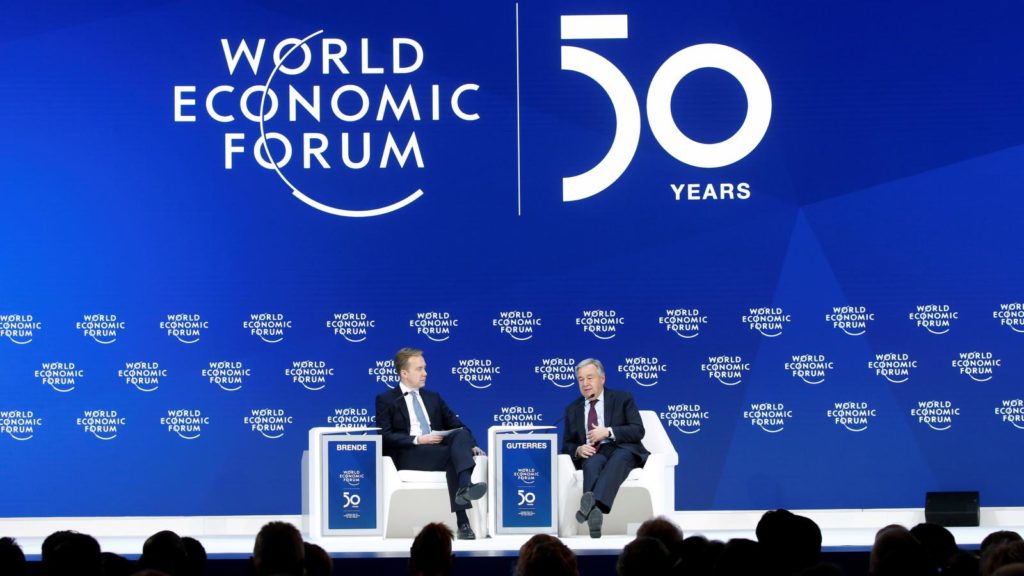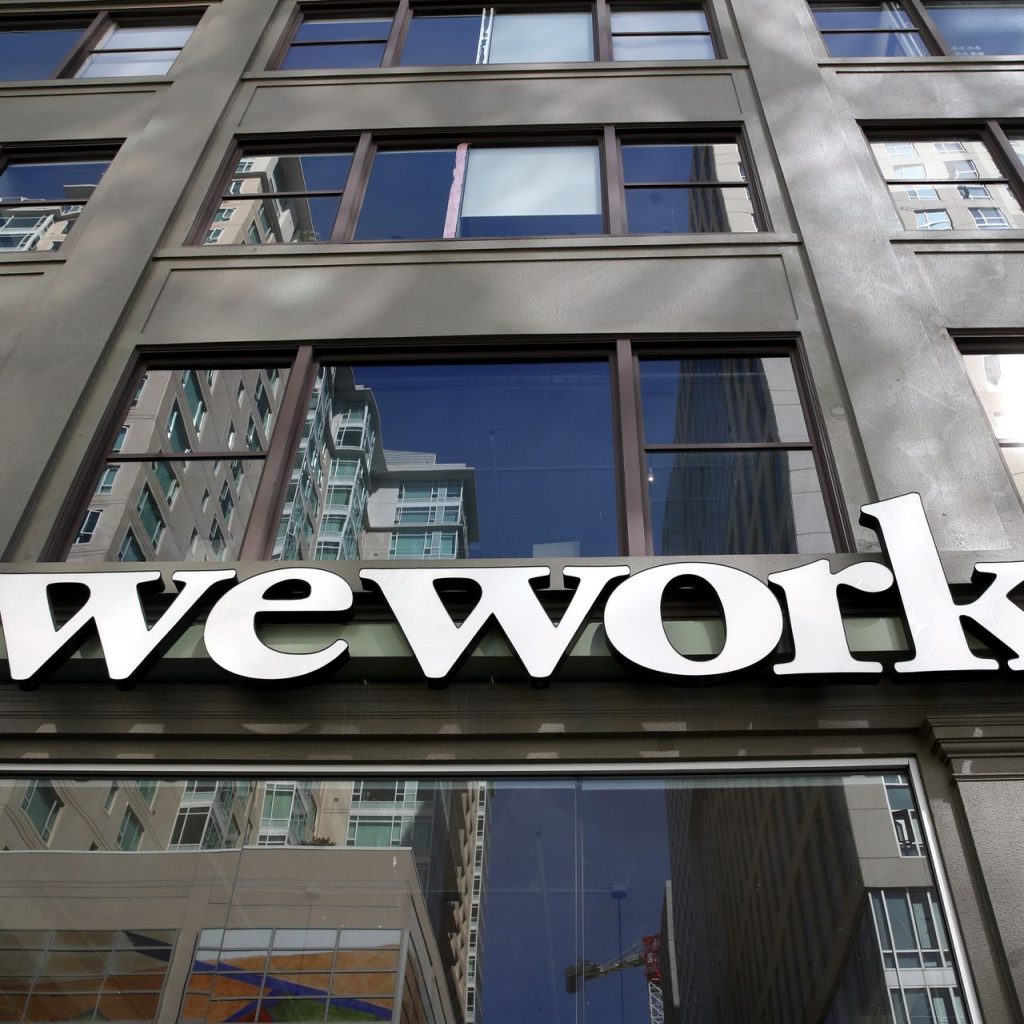There’s a certain distressed North American real estate market we’ve been keeping an eye on for quite some time now that has been devastated by the steep decline in oil prices.
Over the past year office vacancies in this market have increased over 22%, pushing the overall vacancy rate to north of 25% – and the trend continues to move upward.
Even worse, office properties in the central business district have lost an estimated $4 billion in value since the recession began, with the average value of CBD office buildings dropping by over 16%.
What’s more, over the last few years rents for Class A properties have gone down by more than 40% and Class C property rents have dropped by nearly 70%.
The unemployment rate recently clocked in at 9.3%, the highest of any major city in the country. And, over the last few years, the local currency relative to the U.S. dollar has dropped over 30% and is currently at a 10-year low.
(Hint: The country we’re speaking of is not Venezuela . . . .)
Now what if we told you that we believe this is the right time to invest in office property here?
If you’re a ‘glass-is-half-empty’ type of person you would very likely call us crazy to even think about investing in a real estate market with such negative fundamentals. But if you’re a ‘glass-is-half-full’ contrarian type of investor, you are probably more than a little bit interested in reading more of what we have to say.
Now what if we told you that the country is developed, modern and safe? That there’s a systematic way to hedge the foreign exchange and to reduce the currency exposure from any further decline to the U.S. dollar.
What if we told you that the office market we’re talking about very closely tracks the boom-bust-boom cycle that Orange County, California has recently witnessed? And that the local provincial government has announced plans to invest $34 billion for infrastructure development and job creation, with an eye toward boosting the economy?
What if we told you that the commercial real estate market we’ve been speaking of is Calgary, Alberta, Canada, the 6th most active office development market in all of North America?
Perhaps you would say that we’re not so crazy after all.
The reason we’re focusing on Calgary over other distressed real estate markets is three-part:
First, the city is equi-distant between the western and eastern provinces of Canada, and serves as an international transportation link to the U.S. and Asia.
Second, Calgary’s workforce of 1.2 million people is diverse, growing and more educated than the average labor pool in Canada.
Third, the energy, transportation and high-technology industries play large economic roles in Calgary. All of these are major players in the global arena and require significant amounts of office space.
Consequently the resiliency of the marketplace keeps downturns short and upswings dramatically strong.
Contrarian investing is more than just wishful thinking, more than just rolling the dice and holding your breath, hoping that you’ll end up with a 7 or 11.
Successful contrarian investing involves carefully analyzing the market and strategically choosing your entry and exit points, timing the downturns and upswings to maximize your return on investment.
We believe that Calgary, Alberta, Canada represents just such an opportunity.




